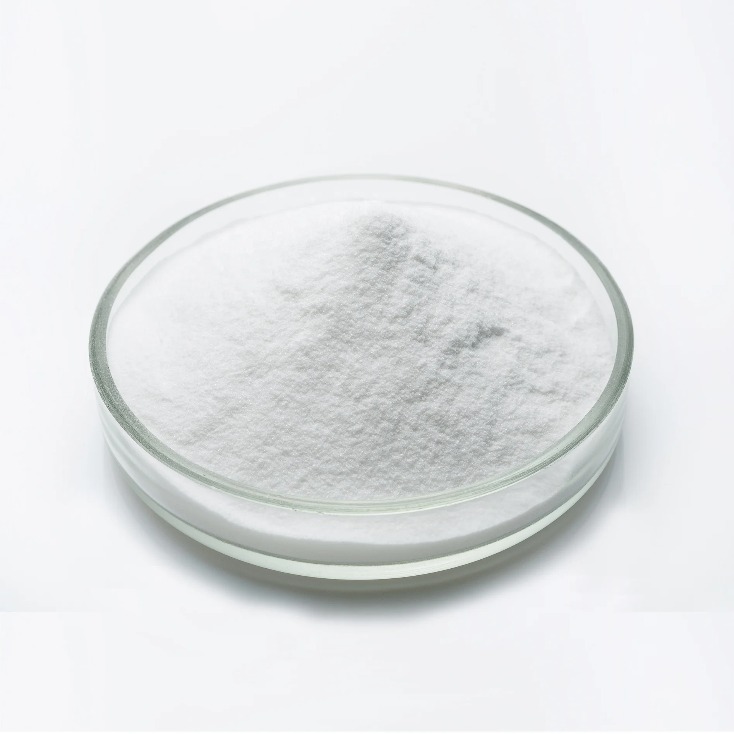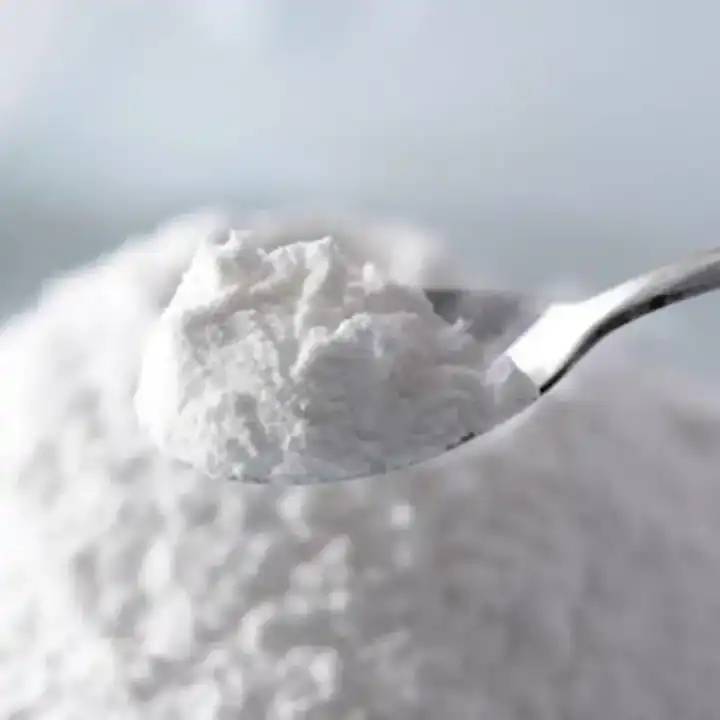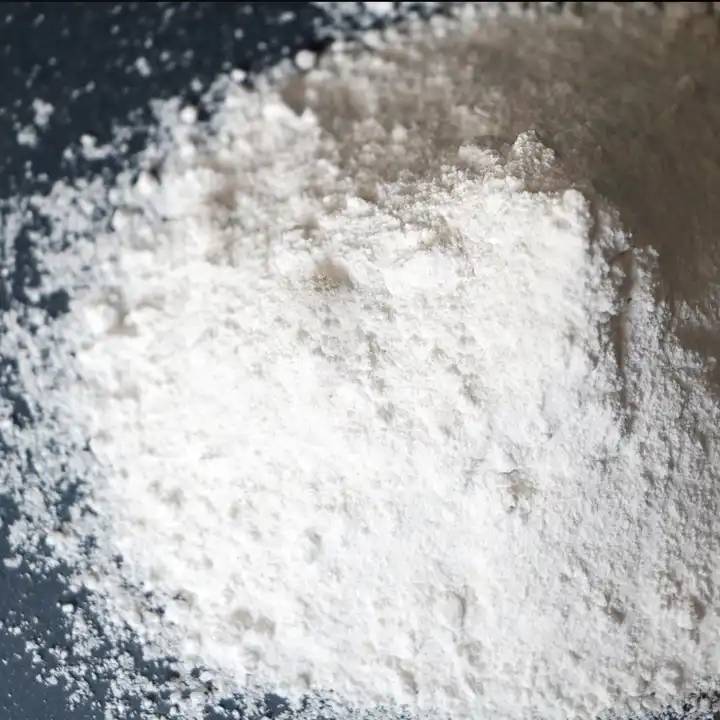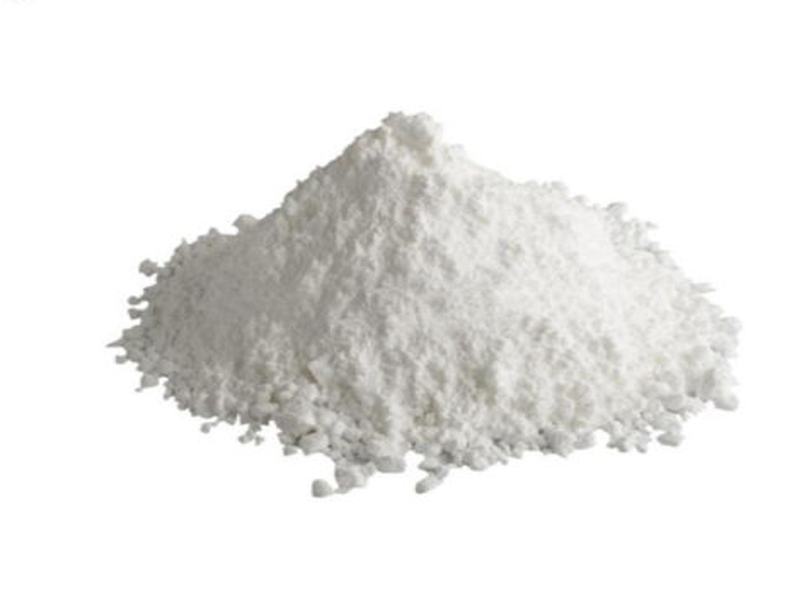環状アデノシン一リン酸粉末キャンプ
製品名:環状アデノシン一リン酸
分析:99%
外観:白からオフホワイトの微粉
Testing Method: HPLC
残留農薬:(ec) no 396/2005規格に準拠
- 記述
- データシート
- 証明書
-
環状アデノシン一リン酸キャンプとは何ですか?
Cyclic adenosine monophosphate (キャンプ), also known as cyclic adenosine monophosphate, is a protein kinase inactivator. It is also a second messenger involved in the regulation of cellular functions and is a substance found in the human body itself. Cyclophosphoadenosine plays a role in hormonal regulation of physiological functions and substance metabolism within the cell, and it controls metabolic processes within the cell through protein kinases to achieve regulation of the cell by biological signals.
アール・ウィルバー・サザーランドは、環状アデノシン一リン酸キャンプの発見と第二のメッセンジャーの導入は、マンキンを取りました&#生命の謎の39の理解は、巨大な一歩前進と多くの将来の研究のための基礎を築きました。サザーランドは1971年にノーベル生理学・医学賞を受賞した。
米コロンビア大学のカンデル教授は、環状アデノシン一リン酸がcampであるという研究結果を出した 脳細胞の修復、脳細胞の活性化、脳細胞機能の調節に非常に重要な役割を果たしています。短期記憶を長期記憶に変え、脳細胞の疲労を和らげ、脳細胞の老化を遅らせる。この功績により、カンデルは2000年にノーベル医学賞を受賞した。
当社では、高連結超熱低温抽出濃縮技術により得られた純度99%の高純度環状アデノシン一リン酸(camp)粉末を供給しています。
规格:
商品名
循環アデノシン一リン酸 cAMP
CASない
60-92-4
化学検査
99%
Testing Method
HPLC
外観
白からオフホワイトの微粉
残留農薬
(ec) no 396/2005規格に準拠しています
規制:
euの規制に準拠しています。
見積もりをお探しですか?Benefits:
Inhibition of Vascular Remodeling
The cyclic adenosine monophosphate (cAMP) pathway inhibits vascular remodeling by regulating downstream effector molecules to promote endothelial repair, inhibit endothelial proliferation, and inhibit platelet aggregation, etc. The main targets of cAMP are cAMP-dependent protein kinase A (PKA) and exchange protein directly activated by cAMP (Epac). The two main targets of cAMP are cAMP-dependent protein kinase A (PKA) and exchange protein directly activated by cAMP (Epac).
Protection of Vascular Endothelial Cells
Increased intracellular Cyclic Adenosine Monophosphate cAMP levels promote the expression of anti-inflammatory factors such as IL-10 and decrease the levels of pro-inflammatory factors such as IL-12. cAMP levels inhibit thrombin-induced calcium in-flow, thereby reducing permeability. Cyclic Adenosine Monophosphate cAMP also exerts endothelial protection by inhibiting the production of reactive oxygen species (ROS) in vascular endothelial cells and by increasing NO levels. cAMP also exerts endothelial protection by inhibiting the generation of reactive oxygen species (ROS) in vascular endothelial cells and elevating NO levels. The cAMP-PKA pathway also enhances DDAH promoter activity, protein expression, and enzyme activity. Promoting the inactivation of ADMA increases NO levels and promotes endothelial cell survival and proliferation. Inhibits ADMA-induced endothelial cell apoptosis.
Thus, in terms of the cyclophosphoadenosine pathway, elevated concentrations of cyclophosphoadenosine are effective in protecting vascular endothelial cells. Reduces thrombosis and lowers blood viscosity. Inhibit various inflammatory factors and reduce the permeability of vascular endothelial cells. At the same time, it promotes the survival of endothelial cells to follow the proliferation and inhibits their apoptosis, gives cellular energy, and dilates blood vessels. In clinical practice, cyclophosphoadenosine has a good effect on cardiovascular and cerebrovascular diseases, related inflammatory diseases, and diseases that require energy supplementation.
Improves Myocardial Contractility
Studies have shown that activation of the renin-angiotensin-aldosterone system is involved in a variety of vascular remodeling processes. Angiotensin II has been shown to induce migration, proliferation, and apoptosis in VSMCs Elevating intracellular Cyclic Adenosine Monophosphate cAMP water may regulate cytoskeletal remodelling by inhibiting RhoA activity via cAMP-Eapc-Rap1. This in turn inhibited the migration and endothelial proliferation of VSMCs. Elevated intracellular cAMP levels also inhibit vascular fibrosis. cAMP increases intracellular calcium ion levels through the activation of cyclic nucleotide cation-gated channels. This in turn promotes lysosomal degradation of type I collagen and reduces the intracellular secretion to extracellular type I collagen content in VSMCs.
From the Cyclic Adenosine Monophosphate cAMP pathway, elevated cyclophosphoadenosine concentrations inhibit migration and intimal hyperplasia of vascular smooth muscles (VSMCs). It promotes lysosomal degradation of type I collagen and reduces the intracellular and secretion to extracellular type I collagen in VSMCs. To achieve the effect of protecting vascular smooth muscle. Moreover, cAMP increases the intracellular calcium ion level by activating cyclic nucleotide cation-gated channels, which leads to Ca2+ inward flow and enhances phosphorylation. It promotes excitation-contraction coupling, improves myocardial contractility and plays a positive inotropic effect.
At the same time, it can promote sarcoplasmic reticulum calcium pumping action, pumping back Ca2+ , so that the free Ca2+ in the sarcoplasmic reticulum is reduced. Accelerate myocardial diastole, coronary artery dilation. In the clinic, cyclophosphorus adenosine has a good therapeutic effect in cardiovascular and cerebrovascular diseases, respiratory diseases and so on.
Inhibition of Pathological Pain
Feng et al. found that drugs that directly enhanced intracellular powered Cyclic Adenosine Monophosphate cAMP activity (8-Br-cAMP and cholera toxin) both down-regulated the mRNA transcription of IL-12 after endotoxin-stimulated endocytosis in mouse peritoneal macrophages cultured in vitro and inhibited the secretion of IL-12 and that this effect did not depend on PKA activation, which may be related to the inhibition of mitogen-activated protein kinase (MAPK) p38 activation. activated protein kinase (MAPK) p38 and the effect was not dependent on PKA activation.
Aronoff et al. further observed the effects of PKA and selective agonists of the Epac pathway of Cyclic Adenosine Monophosphate cAMP on the inflammatory activity of endotoxin-stimulated alveolar macrophages cultured in vitro and found that activation of Epac alone dose-dependently inhibited phagocytosis, activation of PKA alone reduced the release of leukotriene B4 and TNF-α, and activation of either Epac or PKA inhibited the bactericidal activity of the cells as well as the secretion of hydrogen peroxide.
The above studies used a variety of drugs to regulate the cAMP pathway and selected different inflammatory cells, but the results suggest that the activation of the Cyclic Adenosine Monophosphate cAMP pathway in inflammatory cells may regulate the activity of transcription factors NF-κB and CREB through the PKA and/or Epac pathways. This reduces the release of pro-inflammatory factors such as TNF-α and IL-12 and inhibits inflammatory cell activation. In conclusion, an increase in cyclophosphoadenosine concentration can inhibit mitogen-stimulated inflammatory cell, astrocyte, and microglia activation, and reduce the production of various pro-inflammatory and analgesic factors, thus inhibiting pathological pain.
Inhibition of Cytokine Secretion by Microglia
Activated Cyclic Adenosine Monophosphate cAMP pathway inhibited IL-1β release from activated microglia, and PKA and Epac pathways exerted different effects on endotoxin-stimulated inflammatory cytokine release from microglia. Both were involved in the inhibition of TNF-α release, but only the PKA pathway inhibited the release of IL-1β and promoted the secretion of the anti-inflammatory cytokine IL-10.
Improving Cognitive Performance
The cAMP-PKA-CREB signaling pathway plays an important role in learning and memory. Increased calcium in postsynaptic neurons activates adenylate cyclase, causing cAMP expression and PKA activation. cAMP leads to the transport of MAPK to the nucleus, which then activates CREB, causing the expression of downstream target genes and the synthesis of new proteins. Finally, the new synthetic material can lead to the growth of primary synapses and the formation of new synapses, which are the basis for synaptic plasticity and learning memory. Activation of the cAMP-PKA-CREB signaling pathway promotes the expression of BDNF, pCREB, and CREB in the hippocampus, thereby ameliorating cognitive dysfunction in traumatized rats.
Applications:
For Health Products:
Kandel has been honoured with the research clarifying that Adenosine Cyclic Phosphate is able to prevent the aging of brain cells and plays a decisive role in the activation function of aging brain cells. Adenosine Cyclic Phosphate has the function of promoting brain cell metabolism, repairing aging and fatigued brain cells, slowing down the aging of brain cells, keeping the metabolism of brain cells in a vigorous state, achieving vigorous self-renewal of organisms, and at the same time enhancing memory. Powdered Adenosine Cyclic Phosphate has been used as an additive in health products.
-
ダウンロード
環状アデノシン一リン酸camp coaの粉末


 英語
英語 フランス
フランス スペイン
スペイン ロシア
ロシア 韓国
韓国 日本
日本












